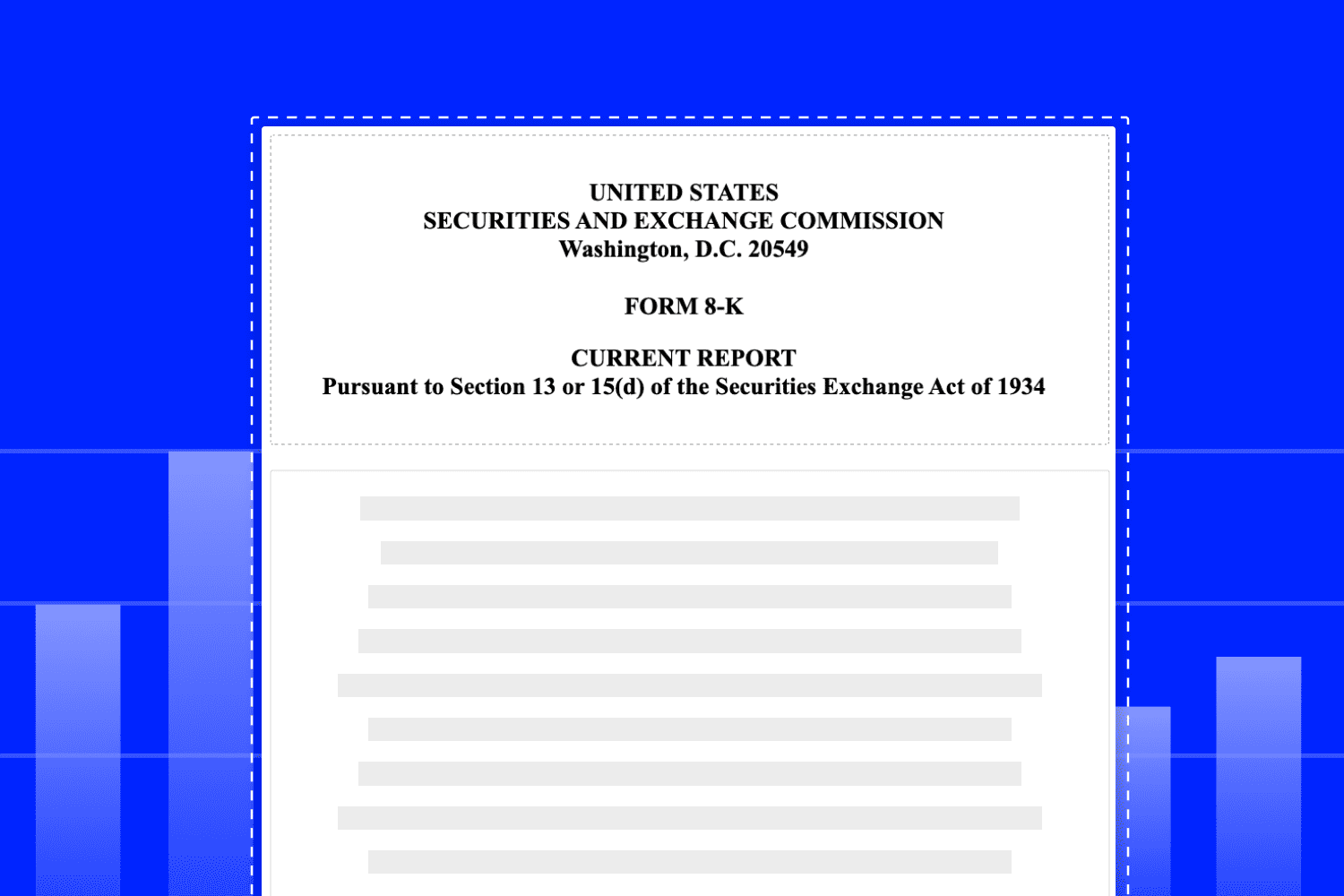In a volatile market, it’s more important than ever to be aware of the signals companies are sending out—especially in their SEC filings. The way a report is produced, ranging from what time it’s filed to the content inserted within the footnotes, reveals more than investors and the like may be aware of. Today, understanding an authentic corporate narrative entails reading between the lines.
In the latest episode of AlphaSense’s “Signals,” Nick Mazing, Director of Research, spoke with Michelle Leder, founder of Footnoted and author of “Financial Fine Print”, to discuss her top red flags, both in terms of problematic content found within SEC reports, as well as the “metadata” within them.
Leder also shares some of her best practices for external reporting teams at corporations, so you know how to foster transparency between investors, shareholders, and the like.
The Fundamentals of Filings
At the most basic level, SEC Filings are regulatory documents that companies and issuers of securities must submit to the Securities and Exchange Commission (SEC) on a regular basis. The purpose is to provide transparency and information to investors, analysts, and regulators.
With the filings come a slew of rules set by the Securities and Exchange Commission, ranging from ensuring that filings are written in “plain English” to 10-Ks being submitted 90 days after the end of their fiscal year. But, according to Leder, there are guidelines by which both corporations and those involved in their fiscal performance should adhere to:
Minimal “Accidents” in SEC Filings
While typos and the occasional missing exhibit can be expected, ultimately, filings are put together by well-informed teams, Leder cites. Additions and deletions could very well indicate material developments. ”Sometimes there’s a typo or a missing exhibit or whatever. Of course, there are accidents. I’ve caught things where instead of saying ‘subpoena,’ all of a sudden, [it’s] ‘subpoenas’—that is important. So instead of a singular, it’s a plural: lawsuit to lawsuits,” Leder says.
Amendments: Normal, But Should Not Be Common
Leder states that corporations filing an amended SEC report is certainly nothing to raise eyebrows over for investors and shareholders. But they are a cause for concern if amendments happen repeatedly, as this raises questions about their stability.
”A crypto company has recently had to file its second amended 10-K since March of this year. That’s a red flag to me. If you can’t get it right the first time, that spells out bigger problems,” Leder says.
Patience and Pattern Recognition
Giving your time and attention to reading an SEC filing is crucial in spotting irregularities and changes in the document submitter’s behavior. ”If a company routinely files after 4:00 p.m. on a Friday, chances are that’s their pattern of filing, and that’s okay,” Leder says. “But when a company all of a sudden starts filing a lot of 8-Ks or not filing anything, I’m like, ‘Where did I see that?’ And after 20 years of reading filings, chances are I’ve seen that pattern before.”
Common Red Flags in SEC Filings
Sudden Resignations
Exits from top-tier leadership are not unusual occurrences, but when information about an exit is released at a moment’s notice within an SEC filing, there’s most likely something happening behind the corporate curtains.
“A lot of times what you find on a Friday evening when I’m going through the filings is that someone resigned on a Monday, and we’ve reached the four days on the requirement for an SEC filing,” Leder says. “And so you learn about it on Friday evening how the CFO decided to leave on Monday. That’s the type of thing that is a big red flag—especially if they don’t give any reason or use the standard language like, ‘There are no disagreements.’ It could apply to a director too… It doesn’t have to be the CFO. It could be another named executive, someone else [who is] significant like the chief legal officer,”
The bottom line: swift exits and significant changes in corporate leadership made at a moment’s notice require an investigation from investors and stakeholders—even when an explanation is provided.
Repeatedly Amended Filings
As Leder mentioned before, mistakes happen—but they shouldn’t be cause for routine amendments. “Those are filings that have a slash and an ‘A’ at the end; that’s certainly a red flag,” Leder says. “Now, everyone makes mistakes… But, some of them are big mistakes… If you’re filing a 10-K, and you have to file an amended 10-K not just to correct a typo or a missing exhibit but to correct accounting information or revenue recognition, that’s a huge red flag.” Context then becomes key to what constitutes an amendment to filing and the content needing fixing.
Consistent Late Filings
Deadlines should be hit when it comes to SEC reports, as excuses rarely reveal the truth behind a delayed filing. Leder says, ”There’s a determined schedule. If you are an accelerated filer or a large accelerated filer, you have 40 days to get your Q in. You have 60 days to get your K in. If you’re consistently late on that, or even if you’re just late once and there’s no reasonable explanation for why you’re late…that can be a signal as well.”
Streamline Your SEC Filings Research Process
Want to dig even deeper into Leder’s insights on SEC filings? Subscribe to our Signals podcast and listen to the entire episode on red flags in SEC filings. Signals by AlphaSense features conversations with executives, experts, journalists, and analysts. These deep but quick insights from the world of finance, business, and research will help you make better decisions every day.
Reviewing SEC filings can be a tedious process, as new reports are released daily in disparate sources, leading you to spend precious time and money sourcing vital information. But with AlphaSense, you can easily access aggregated content, including SEC filings, and utilize the power of an AI search engine to quickly pinpoint crucial insights and market-moving signals. No longer do you have to waste hours searching for the answers that will inform your strategy, but rather spend them reviewing reports that empower you to be more decisive.




